Frankfort (population 149) was founded in 1882 and is believed to have been named after Frankfurt, Germany. Commercial services are limited in Frankfort and several buildings have been abandoned or repurposed from their original use.
Redfield was chosen as the county seat because it was a railroad center located at the crossroads of two railways. It was a major trade center for goods from back East and also supplied Eastern United States with meat products and harvested field crops.
In 1902 the State opened the "Northern Hospital for the Insane" in Redfield, which remains in operation today as the "South Dakota Development Center."
Fisher Grove State Park is located just east of town and is the place where settlers could cross the James River because of the rocky river bottom. Later a large sod barn was built at this along the River to service the stagecoach line that ran from Pierre to Watertown.
Zell is an unincorporated community west of Redfield that was once a stop on the Chicago and North Western Railroad. It is unclear where the community's name came from, but it is believed that it is named after one of the Zells in Germany, Austria, or Switzerland.
In 1883 the St. Mary's Church, School and Convent were built in Zell and operated until 1963, when it became too expensive to bring all of the buildings up to code. Originally, the complex consisted of four buildings - a church, convent, and two rectory houses. The school was built first and it was the Mother site of the Benedictine Sisters in South Dakota. Most of the children that attended the school spoke German, but were taught English.
Rockham (population 33) was a rail stop on the Chicago & North Western Railway, but in 1970 when the railroad abandoned its line from Redfield to Gettysburg, the town was left without rail service to ship grain and the elevator closed.
 |
| Web Picture - Photographer Unknown |
Gettysburg (population 1,162) was named in commemoration of the Battle of Gettysburg because a large number of the early settlers were Civil War veterans and they wanted to honor their fallen comrades and to acknowledge those men who had survived. The City moto is "Where the Battle Wasn't."
Concerning Gettysburg, South Dakota, Wikipedia states:
In June 2020, in the midst of national and international protests in opposition to racism following the death of George Floy, Gettysburg became the focus of controversy regarding the presence of the Confederate battle flag on the patch of the city's police department. The parch features overlapping equal-sized U.S. and Confederate flags and a civil-war era cannon along with the city's name, in a nod to the city's namesake, Gettysburg, Pennsylvania, site of the famous battle. The historical reference logo for the police emblem and uniform patch was designed in 2009. George Floyd's uncle resides in Gettysburg and advocated for the logo to change for the two-person police force.
 |
| Web Picture - Photographer Unknown |
In 1882, Norvel Blair, an African American born into slavery in Tennessee, sent two sons to explore homesteading prospects in Sully County. Soon, Norvel along with several members of the Blair family filed claims on the land, which they turned into successful farms.The Blair family members were energetic entrepreneurs. Norvel's daughters Betty and Winnie ran a restaurant and bakery, and his sons Benjamin and Patrick operated a livery. In 1896, Benjamin became the first black person in South Dakota to sit on a school board. In 1906, he and others formed the Northwestern Homestead Movement in hopes of recruiting other African American settlers to South Dakota.John McGruder of Missouri established another successful family farm when, through Betty Blair as land agent, he acquired 1,200 acres. His wife, Ellen McGruder, and sons George and James all homesteaded in the area. In all, African American homesteaders in the community received patents on twenty-two homestead claims totaling over 5,650 acres and purchased additional lands.Though most community members left during the Great Depression, these homesteaders remain a powerful reminder of generations of African Americans who sought opportunity in the Great Plains and pursued their dreams of land ownership, entrepreneurship, and civil equality.

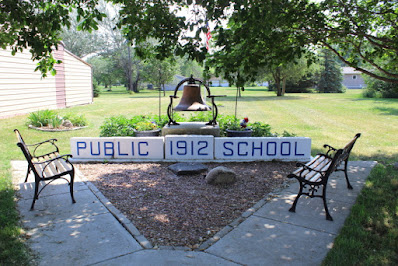

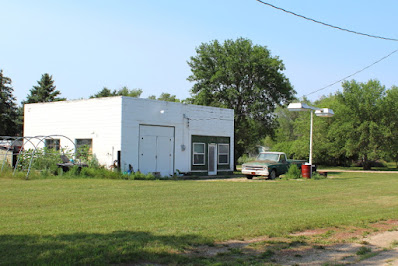







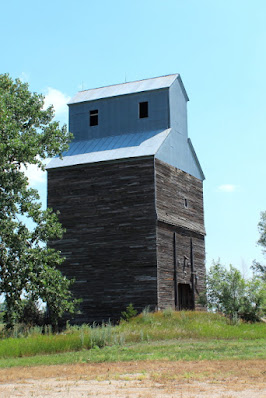







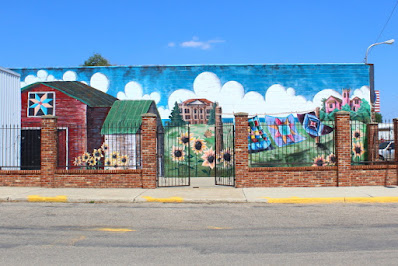


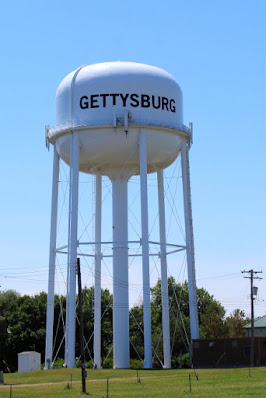







No comments:
Post a Comment